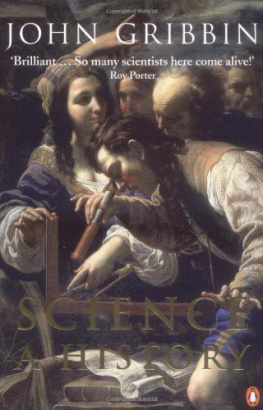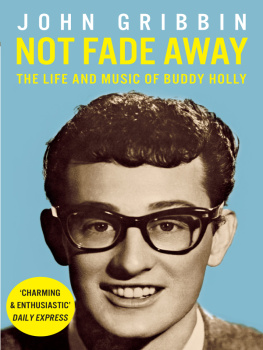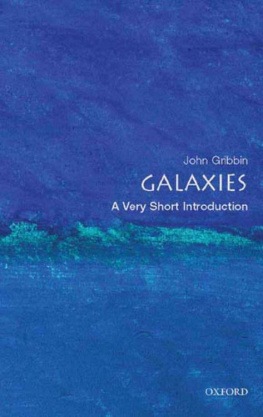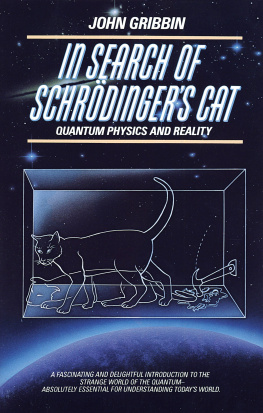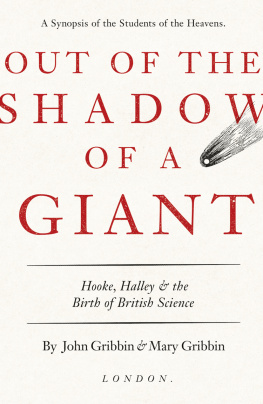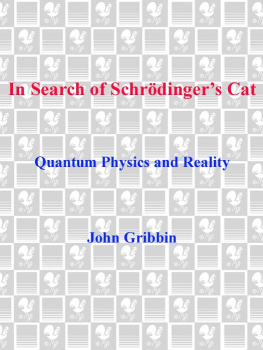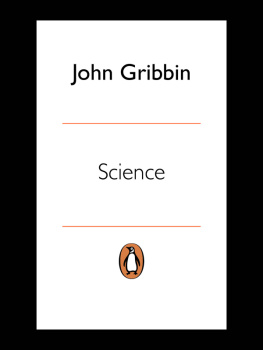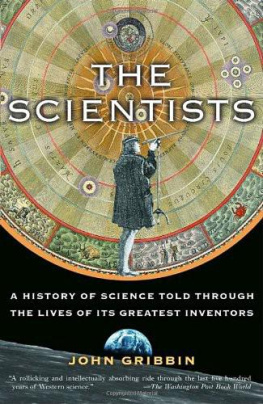PENGUIN BOOKS
SCIENCE
Gribbin is adept at capturing the personality of his protagonists within a few paragraphs, and so loves science and scientists that his enthusiasm permeates the text The story of Western science over the past 500 years has been one of humanitys successes. He has provided an excellent introductory framework to a terrific subject Terence Kealey, Sunday Telegraph
A fascinating and readable scientific history Adrian Berry, Literary Review
The giants of science get their due here, but so too do the lesser-sung heroes much of the history of science reads like a detective story, which in the hands of a skilled narrator like Gribbin makes the description of each new advance appear as an illumination. Among the things I most enjoyed in the book are Gribbins account of Newtons quarrels and sourness, his lucid survey of the development of quantum theory, and his equally lucid and synoptic account of the present state of cosmology A. C. Grayling, Independent on Sunday
A hard act to follow New Scientist
John Gribbin is to be hugely congratulated for his achievement. This book is the product of immense learning and a lifetime spent working out how to write in a vivacious way about science and scientists Robert Macfarlane, Spectator
ABOUT THE AUTHOR
John Gribbin trained as an astrophysicist at Cambridge University and is currently Visiting Fellow in Astronomy at the University of Sussex. His many books include In Search of Schrdingers Cat, Stardust and Ice Age, with Mary Gribbin.
1. A mythical meeting of minds Aristotle, Hevelius and Kepler arguing about the orbits of comets. From Heveliuss Cometographia, 1668.
JOHN GRIBBIN
SCIENCE
A HISTORY
15432001

PENGUIN BOOKS
Contents
Emerging from the dark The elegance of Copernicus The Earth moves! The orbits of the planets Leonard Digges and the telescope Thomas Digges and the infinite Universe Bruno: a martyr for science? Copernican model banned by Catholic Church Vesalius: surgeon, dissector and grave-robber Fallopio and Fabricius William Harvey and the circulation of the blood
The movement of the planets Tycho Brahe Measuring star positions Tychos supernova Tycho observes comet His model of the Universe Johannes Kepler: Tychos assistant and inheritor Keplers geometrical model of the Universe New thoughts on the motion of planets: Keplers first and second laws Keplers third law Publication of the Rudolphine star tables Keplers death
William Gilbert and magnetism Galileo on the pendulum, gravity and acceleration His invention of the compass His supernova studies Lippersheys reinvention of the telescope Galileos developments thereon Copernican ideas of Galileo judged heretical Galileo publishes Dialogue on the Two Chief World Systems Threatened with torture, he recants Galileo publishes Two New Sciences His death
Ren Descartes and Cartesian co-ordinates His greatest works Pierre Gassendi: atoms and molecules Descartess rejection of the concept of a vacuum Christiaan Huygens: his work on optics and the wave theory of light Robert Boyle: his study of gas pressure Boyles scientific approach to alchemy Marcello Malpighi and the circulation of the blood Giovanni Borelli and Edward Tyson: the increasing perception of animal (and man) as machine.
Robert Hooke: the study of microscopy and the publication of Micrographia Hookes study of the wave theory of light Hookes law of elasticity John Flamsteed and Edmond Halley: cataloguing stars by telescope Newtons early life The development of calculus The wrangling of Hooke and Newton Newtons Principia Mathematica: the inverse square law and the three laws of motion Newtons later life Hookes death and the publication of Newtons Opticks
Edmond Halley Transits of Venus The effort to calculate the size of an atom Halley travels to sea to study terrestrial magnetism Predicts return of comet Proves that stars move independently Death of Halley John Ray and Francis Willughby: the first-hand study of flora and fauna Carl Linnaeus and the naming of species The Comte de Buffon: Histoire Naturelle and thoughts on the age of the Earth Further thoughts on the age of the Earth: Jean Fourier and Fourier analysis Georges Couvier: Lectures in Comparative Anatomy; speculations on extinction Jean-Baptiste Lamarck: thoughts on evolution
The Enlightenment Joseph Black and the discovery of carbon dioxide Black on temperature The steam engine: Thomas Newcomen, James Watt and the Industrial Revolution Experiments in electricity: Joseph Priestley Priestleys experiments with gases The discovery of oxygen The chemical studies of Henry Cavendish: publication in the Philosophical Transactions Water is not an element The Cavendish experiment: weighing the Earth Antoine-Laurent Lavoisier study of air; study of the system of respiration The first table ofelements; Lavoisier renames elements; he publishes Elements of Chemistry Lavoisiers execution
The study of electricity: Stephen Gray, Charles Du Fay, Benjamin Franklin and Charles Coulomb Luigi Galvani, Alessandro Volta and the invention of the electric battery Pierre-Louis de Maupertuis: the principle of least action Leonhard Euler: mathematical description of the refraction of light Thomas Wright: speculations on the Milky Way The discoveries of William and Caroline Herschel John Michell Pierre Simon Laplace, The French Newton: his Exposition Benjamin Thompson (Count Rumford): his life Thompsons thoughts on convection His thoughts on heat and motion James Hutton: the uniformitarian theory of geology
Charles Lyell: His life His travels in Europe and study of geology He publishes the Principles of Geology Lyells thoughts on species Theories of evolution: Erasmus Darwin and Zoonomia Jean-Baptiste Lamarck: the Lamarckian theory of evolution Charles Darwin: his life The voyage of the Beagle Darwin develops his theory of evolution by natural selection Alfred Russel Wallace The publication of Darwins Origin of Species
Humphry Davys work on gases; electrochemical research John Daltons atomic model; first talk of atomic weights Jns Berzelius and the study of elements Avogadros number William Prouts hypothesis on atomic weights Friedrich Whler: studies in organic and inorganic substances Valency Stanislao Cannizzaro: the distinction between atoms and molecules The development of the periodic table, by Mendeleyev and others The science of thermodynamics James Joule on thermodynamics William Thomson (Lord Kelvin) and the laws of thermodynamics James Clerk Maxwell and Ludwig Boltzmann: kinetic theory and the mean free path of molecules Albert Einstein: Avogadros number, Brownian motion and why the sky is blue
The wave model of light revived Thomas Young: his double-slit experiment Fraunhofer lines The study of spectroscopy and the spectra of stars Michael Faraday: his studies in electromagnetism The invention of the electric motor andthe dynamo Faraday on the lines of force Measuring the speed of light James Clerk Maxwells complete theory ofelectromagnetism Light is a form of electromagnetic disturbance Albert Michelson and Edward Morley: the Michelson-Morley experiment on light Albert Einstein: special theory of relativity Minkowski: the geometrical union of space and time in accordance with this theory
Contractionism: our wrinkling planet? Early hypotheses on continental drift Alfred Wegener: the father of the theory of continental drift The evidence for Pangea The radioactive technique for measuring the age of rocks Holmess account of continental drift Geomagnetic reversals and the molten core of the Earth The model of sea-floor spreading Further developments on continental drift The Bullard fit of the continents Plate tectonics The story of Ice Ages: Jean de Charpentier Louis Agassiz and the glacial model The astronomical theory of Ice Ages The elliptical orbit model James Croll The Milankovitch model Modern ideas about Ice Ages The impact on evolution
Next page
